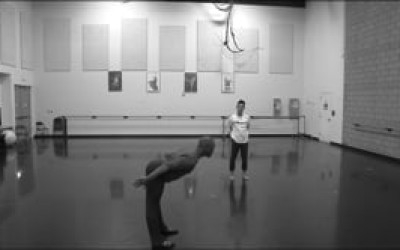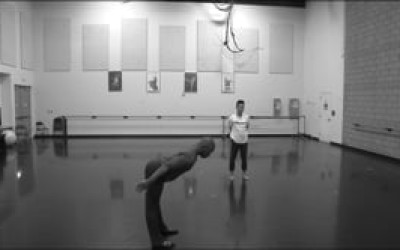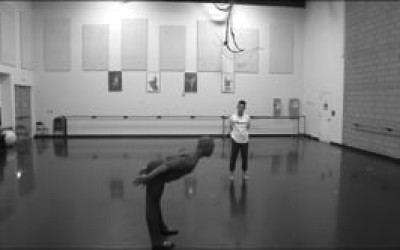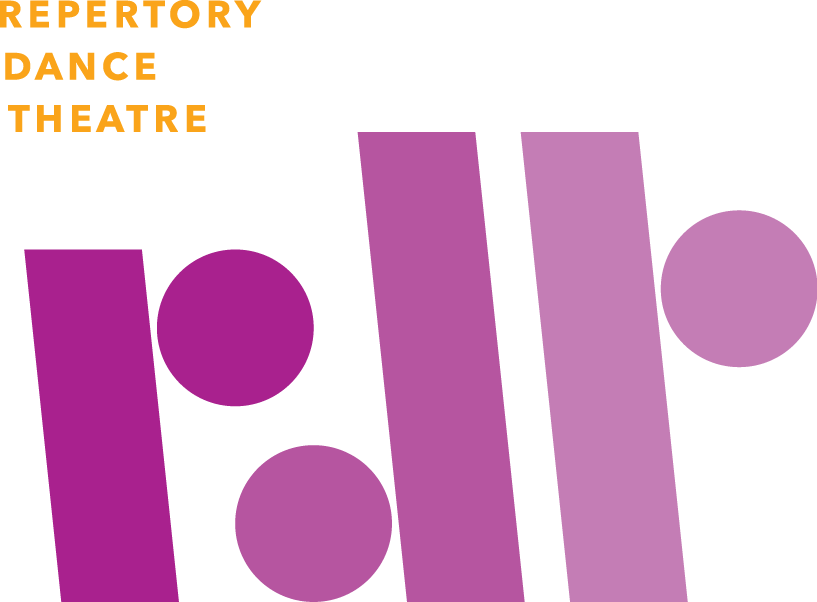 Jose Limon (1908-1972) was a crucial figure in the development of modern dance; his powerful dancing shifted perceptions of the male dancer, while his choreography continues to bring a dramatic vision of dance to audiences around the world. Born in Mexico, Limon moved to New York City in 1928 after a year at UCLA as an art major. It was here that he saw his first dance program.
Jose Limon (1908-1972) was a crucial figure in the development of modern dance; his powerful dancing shifted perceptions of the male dancer, while his choreography continues to bring a dramatic vision of dance to audiences around the world. Born in Mexico, Limon moved to New York City in 1928 after a year at UCLA as an art major. It was here that he saw his first dance program.
In 1946, after studying and performing for 10 years with Doris Humphrey and Charles Weidman, he established his own company with Humphrey as Artistic Director. During her tenure, Humphrey choreographed many pieces for the Limon Dance Company, and it was under her experienced directional eye that Limon created his signature dance, The Moor’s Pavane (1949). Limon’s choreographic works were quickly recognized as masterpieces and the Company itself became a landmark of American Dance. Many of his dances—There is a Time, Missa Brevis, Psalm, The Winged—are considered classics of modern dance.
Limon was a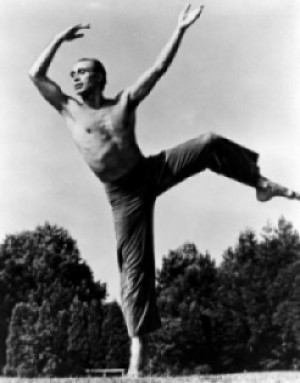 consistently productive choreographer until his death in 1972—he choreographed at least one new piece each year and he was also an influential teacher and advocate for modern dance. He was in residence each summer at the American Dance Festival, a key faculty member in The Juilliard School’s Dance Division beginning in 1953, and the director of Lincoln Center’s American Dance Theatre from 1964-65. Limon received two Dance Magazine Awards, the Capezio Award and honorary doctorates from four universities in recognition of his achievements. He was the subject of a major retrospective exhibition at the New York Public Library for the Performing Arts, the Dance Heroes of Jose Limon (Fall 1996) and in 1997 he was inducted into the Hall of Fame at the National Museum of Dance in Saratoga Springs, NY. His autobiographical writings, An Unfinished Memoir, were edited by Lynn Garafola and published in 1999 by Wesleyan University Press.
consistently productive choreographer until his death in 1972—he choreographed at least one new piece each year and he was also an influential teacher and advocate for modern dance. He was in residence each summer at the American Dance Festival, a key faculty member in The Juilliard School’s Dance Division beginning in 1953, and the director of Lincoln Center’s American Dance Theatre from 1964-65. Limon received two Dance Magazine Awards, the Capezio Award and honorary doctorates from four universities in recognition of his achievements. He was the subject of a major retrospective exhibition at the New York Public Library for the Performing Arts, the Dance Heroes of Jose Limon (Fall 1996) and in 1997 he was inducted into the Hall of Fame at the National Museum of Dance in Saratoga Springs, NY. His autobiographical writings, An Unfinished Memoir, were edited by Lynn Garafola and published in 1999 by Wesleyan University Press.
Missa Brevis (1958)
Choreography: José Limón
Music by: Zoltan Kodaly
Reconstruction and Direction by: Nina Watt
José Limón choreographed this piece in 1958 after touring Europe. He was personally struck by war-torn Poland. The cities were in ruins, yet the people’s hope and optimism surprised him. Limon wrote, “These people are vital and undefeated, they are without rancor, without hatred. They have a heroic serenity. I found this inspiring. I’m going to do a dance about it.” Limon offered this work as his “prayer for peace” and as a celebration of the capacity within the human spirit to rise again out of the ashes. Limon’s stirring choreography depicts an indomitable humanity rising up after near destruction. It is a memento to cities destroyed during WWII and to those unconquerable qualities in human beings that compel the spirit to rise in hope and to survive.
Zoltan Kodaly, the Hungarian composer, wrote, “Missa Brevis is Tempore Belli” at the end of WWII. It was completed under great hardship during the siege of Budapest. It is a Mass in time of war. Though Kodaly’s home was devastated, his manuscripts were later recovered intact. Its first performance was given in the cellar of a bombed-out church in Budapest.
Jose Limon Lesson Plans


